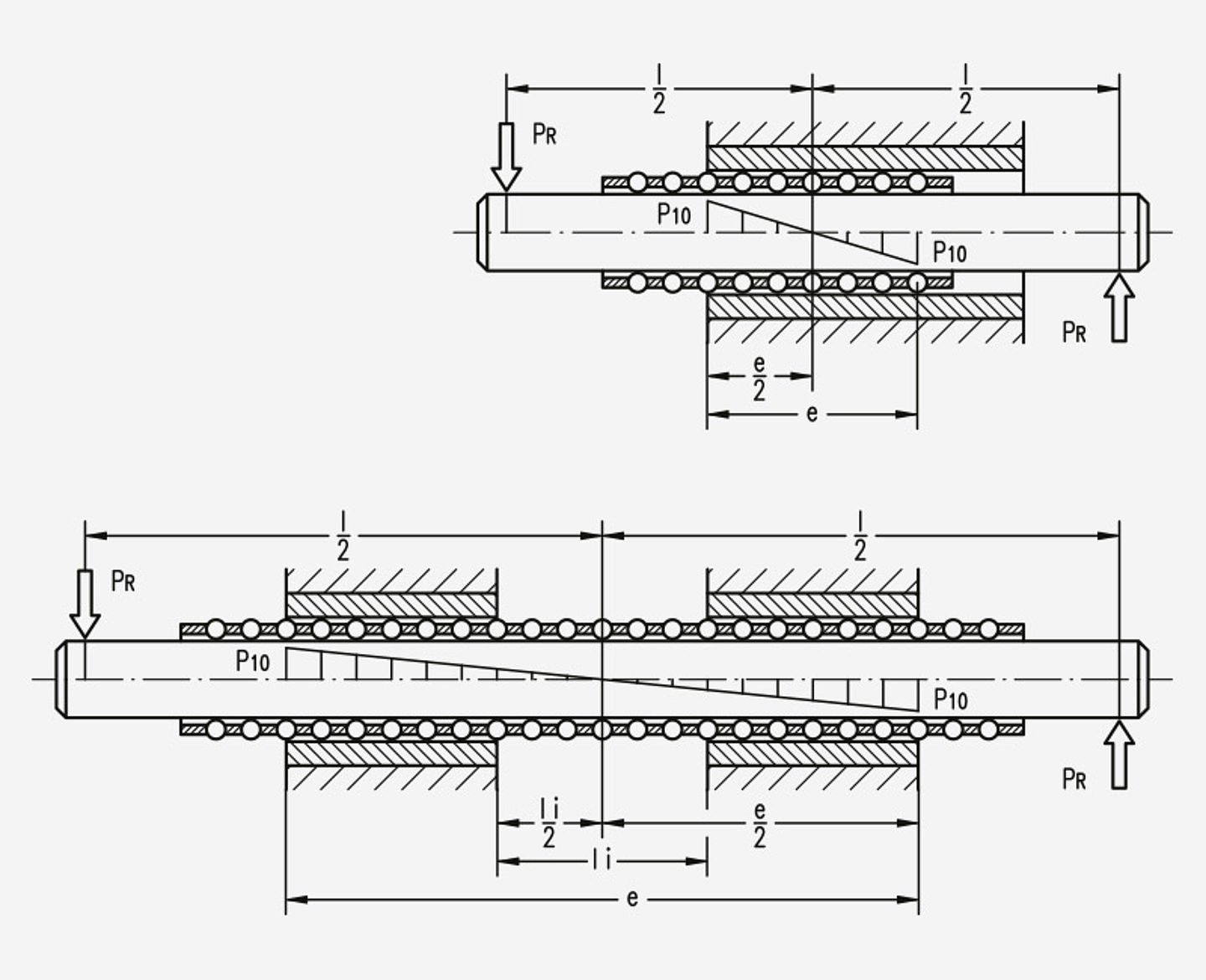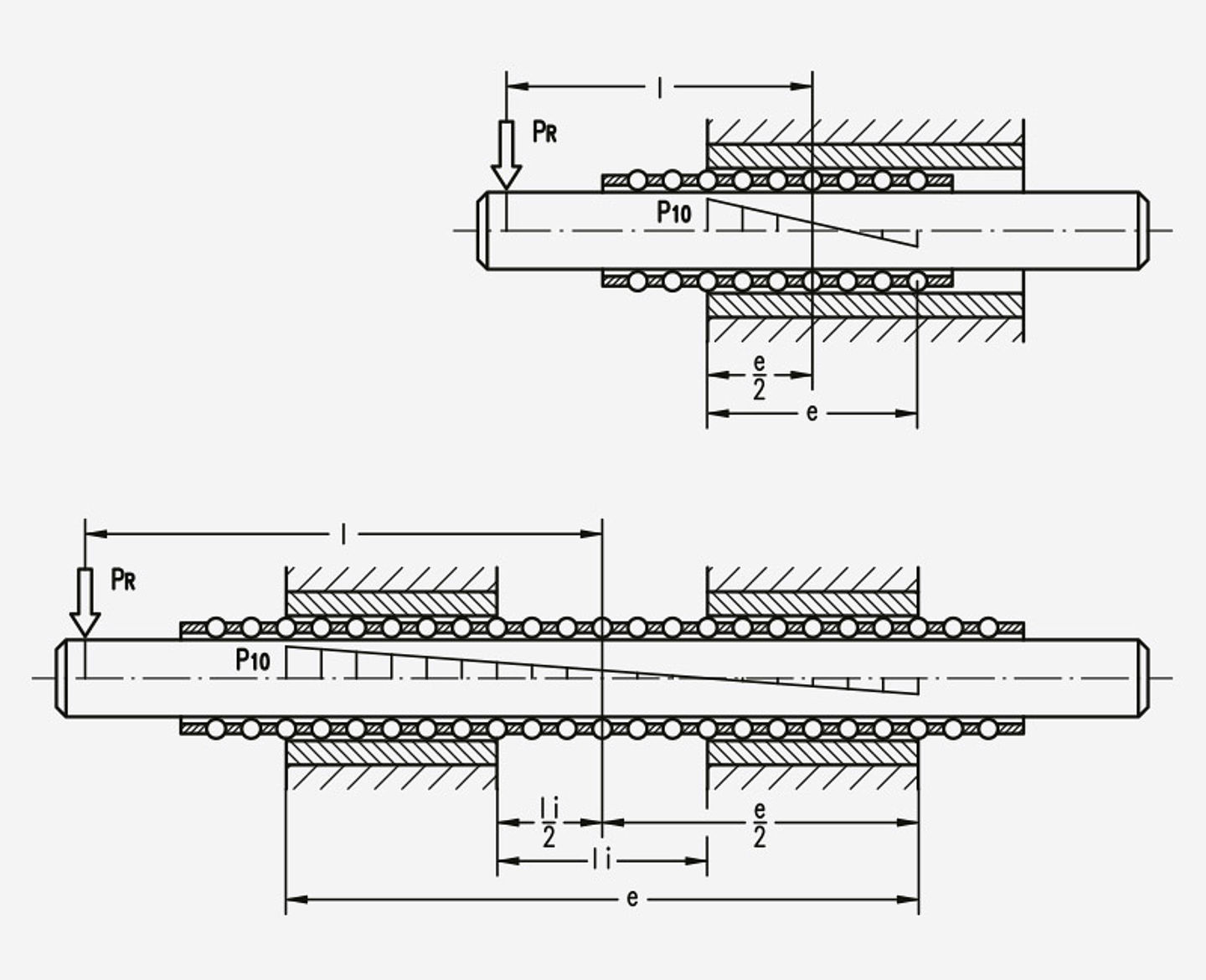
High-quality metrology for quality control in the measuring room, production, incoming goods and development.
Gear Metering Pumps & Meter Mix Dispense Machines with highest accuracy for processing liquids and pastes.
High-precision rotary stroke bearings for backlash-free linear and rotational movements for use in machine and device construction.
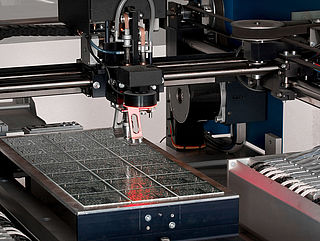
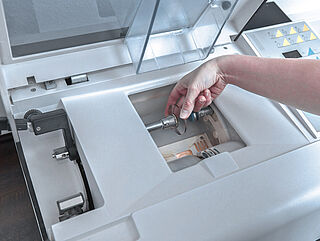


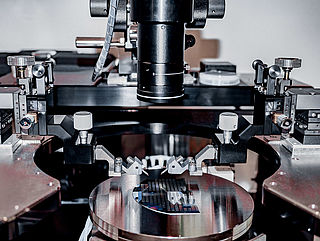


Forms of the static radial load
Uniform constant radial load
The radial force proportion of each 10 mm long ball zone equals:
The expected parallel displacement of the shaft equals:

P10 in N, R10 in µm/N from the table Specific load rating C10 and suspension R10
Moment caused by radial force
The end zones of the ball contact path e are subjected to the highest loads in both cases, with one ball cage or with two separated ball cages and a ball-free zone in between.
Moment <br/> M = PR · l [Nm]<br/> PR in N, l in m
Specific radial force<br/> P10 = g · M [N]<br/> g in m-1
The factor g is specified in the diagram (specific load rating C10 / diagram contact path e / moment factor g).<br/> In case of a continuous ball zone Ii = 0.
Expected deflection at the contact point of the radial force PR:

R10 in µm/N from the table Specific load rating C10 and suspension R10 / ball cage type N 501
The deflection of the shaft is not taken into consideration.
Uneven radial load
The ball zone on the side of the radial force contact point bears the greatest loaded.
The specific radial force P10 is made up of proportions of the torque M and radial force PR.
Specific radial force<br/> P10 = g · M + h · PR [N]<br/> g in m-1, h dimensionless,<br/> M in Nm, PR in N
The factors g and h are taken from the diagram-specific load rating C10 based on the distance li. For a one-piece ball contact path li = 0.

